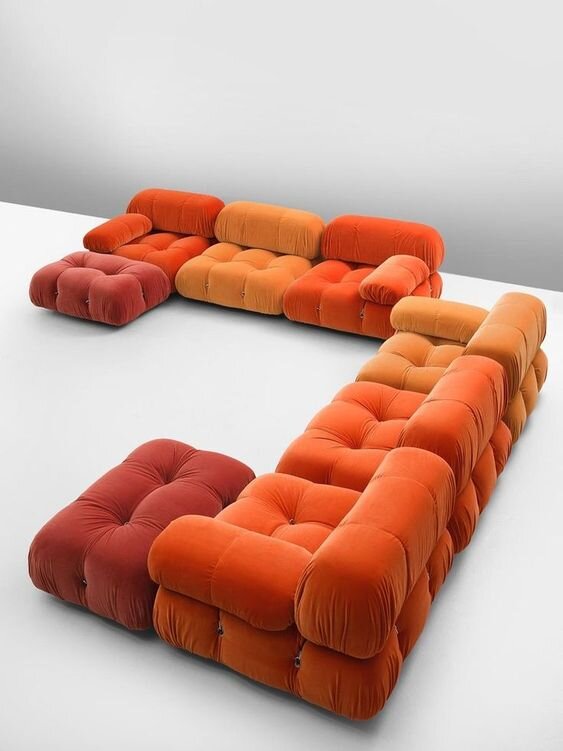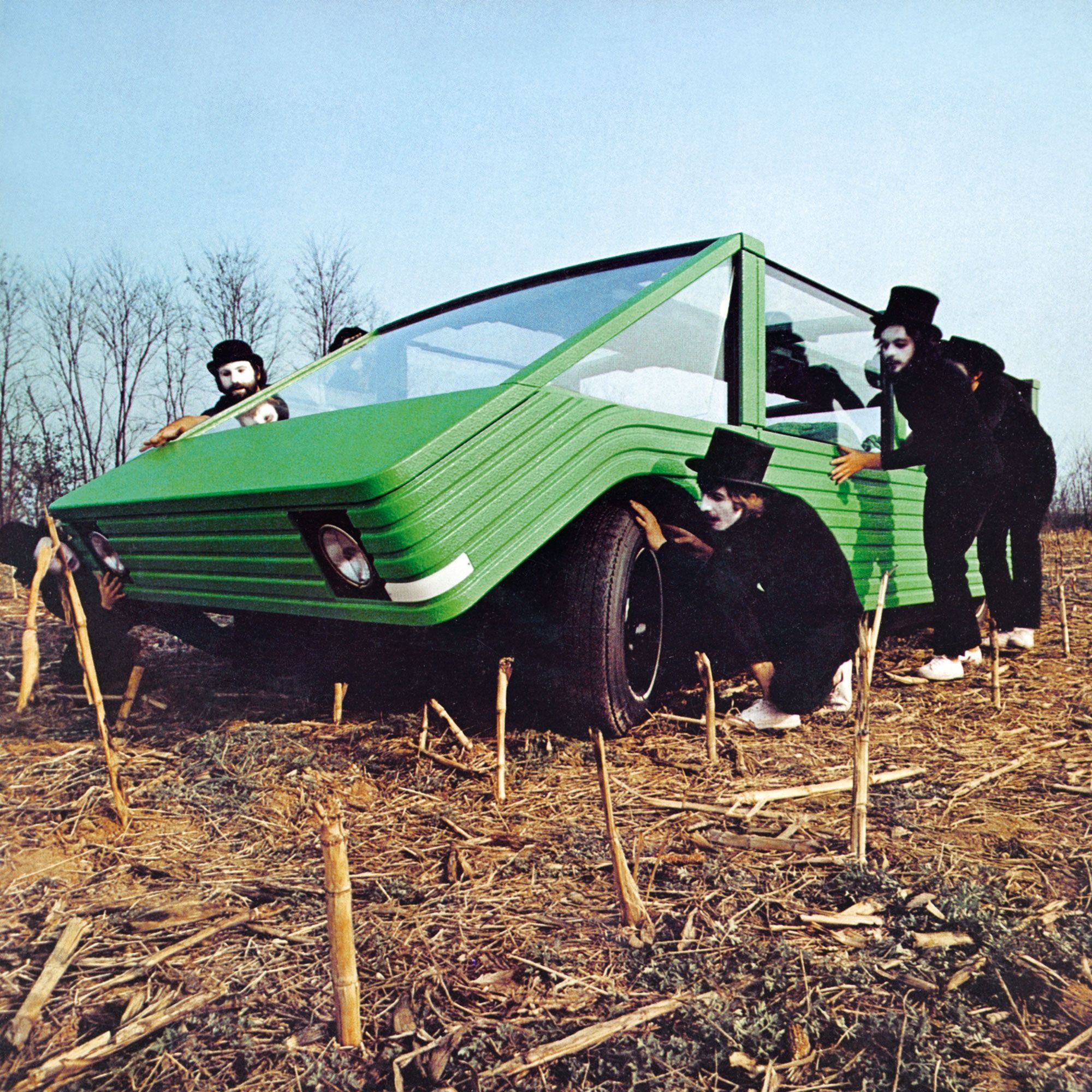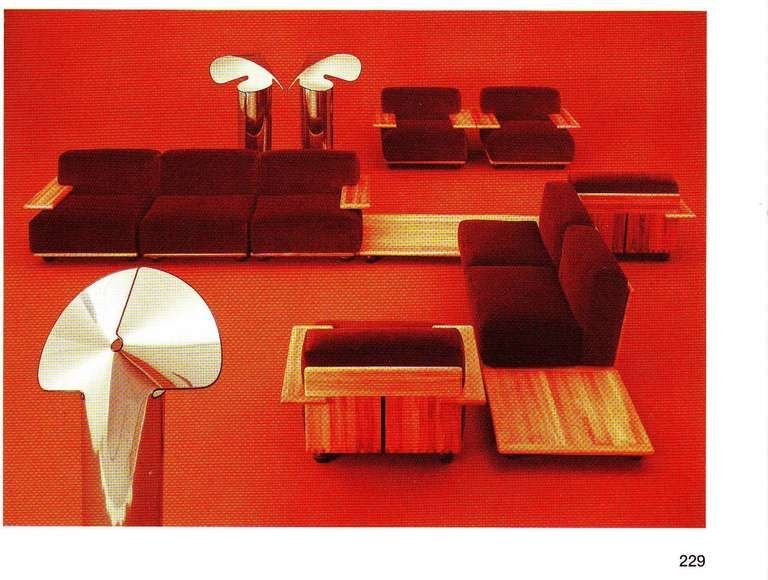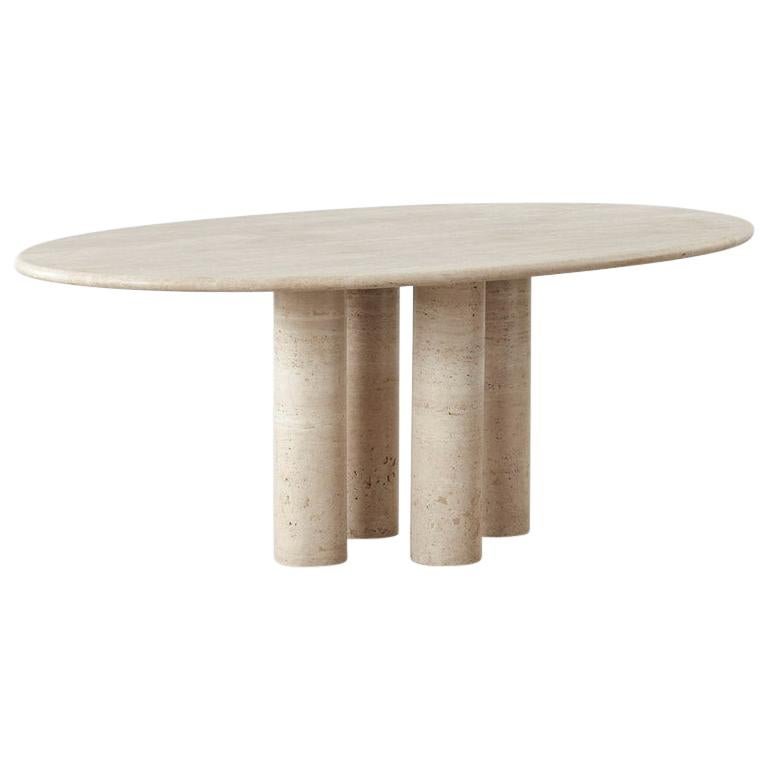Mario Bellini
“Tell me what chair you've designed and I'll tell you what sort of architect you are.” - Mario Bellini
Born: 1935 (age 87 years), Milan, Italy
NATIONALITY: Italian
Awards: Compasso d'Oro, Special Lifetime Achievement Award
Education: Politecnico di Milano
"A design career is a process of learning better and better what you know instinctively."
- Mario Bellini
About Mario Bellini
Mario Bellini was born in Milan in 1935. He propelled himself into a life dedicated to design. He started his education attending the Politcnico di Milano, where he graduated in 1959 with a masters degree in architecture.
From the very early stages of his career, it was clear that Bellini was destined to succeed. With each and every opportunity he took, he began rapidly growing notoriety. From 1959 to 1962, Mario Bellini managed the design department of La Rinascente, an Italian department store.
One year later, in 1963, Bellini balanced opening his own studio, Studio Bellini along with serving as chief design consultant for Olivetti, a role that he retained until 1993. He also designed furnishing products and systems for C&B Italia and Cassina, TV sets for Brionvega, Typewriters for Olivetti, hi-fi systems, headphones and electric organs for Yamaha, even working on automobile design consulting for Renault, Fiat, Renault and Lancia. The list goes on, lamps for Artemide, Erco and Flos, office furntiure for Vitra, Castilia, Flou, Kartell, Marcatrè, Meritalia, Natuzzi and Poltrona Frau; (in Belgium) Ideal Standard; (in Germany) Lamy and Rosenthal; (in Japan) Fuji and Zojirushi; and (in the USA) Heller.
Bellini created an array of innovative Italian furniture design pieces that focused on a combination of organic aesthetics with contemporary Italian design practice.
‘932’ series for Cassina, 1965
Mario Bellini then and now, lounging in his ‘932’ lounge chair designed in 1965.
Amanta’ series for C&B Italia, 1966
‘Quattro Gaggi’ table for C&B Italia, 1967
‘Chiara’ Lamp for Flos, 1969
Inspired by a nun’s veil, the 1969 floor lamp design was constructed from a simple sheet of polished stainless steel that has been cut and rolled into a cylinder (shown above handing beside the Chiara).
Flos launched a re-edition of the Chaira in 2020, offering the classic floor lamp in stainless steel, and a new smaller table model in a variety of finishes – aluminium, dark grey and pink gold.
The 1970s was a decade of prolific design output for Mario Bellini. He was commissioned by the Museum of Modern Art to design and build the prototype of the Kar-a-Sutra mobile environment for the exhibition “Italy: the New Domestic Landscape.”
The concept car was one of Bellini’s most well-loved and well recognized designs. The ‘mobile human space’ was imagined by the architect as an antidote to the cramped, mundane and restrictive automobiles of the time.
Totem Stereo System with Detachable Speakers (model RR 130), 1970
In the same year he designed the ‘Le Stelle’ Series for C&B Italia.
Mario Bellini ‘Le Stelle’ Series for C&B Italia, Italy, 1970
‘Pianura’ series for Cassina, 1971
It was in 1972 that he introduced the world to three iconic designs…
‘Le Bambole’ , ‘Le Mura’ and 'Camaleonda' series for C&B Italia, 1972
‘Camaleonda’ series, 1972
‘Le Bambole’ Series, 1972
For the launch of the Le Bambole series, the company opted for a more radical approach and chose to market the designs with the icon of the moment: jeans. Italian Photographer Oliviero Toscani and model Donna Jordan helped create one of the most provocative campaigns of the time. Causing quite the scandal in 1972.
The launch event took place at the Salone del Mobile in Milane. The night of the occasion, Bellini described the president of the Salone furious with the inappropriate display of nudity plastered on the walls of the fair’s halls. He ordered the breasts to be covered with black tape, only further increasing the attention the design received. The Le Bambole Series has been in continuous production ever since.
‘Le Mura’ series, 1972
‘Tentazione’ series for Cassina, 1973
‘401 Break’ Armchair for Cassina, 1976
In 1976 and 1977, Bellini released various marble tables named 'Il Colonnato’ which were reissued in the 90s.
‘412’ and ‘415’ Cab series for Cassina, 1977
Bellini became the editor of Domus Magazine in 1985. Here, he focused intently on his architectural projects, his duties at Domus and particularly on the creation of the Cernobbio Convention Center. He would retain his role at Domus Magazine until 1991.
In 1987, the Museum of Modern Art launched a retrospective of Bellini’s funiture designs, already holding 25 of Bellini’s work in their permanent collection.
June 25, 1987–September 15, 1987. Photographic Archive. The Museum of Modern Art Archives, New York. IN1453.12
Even after stepping down from his position as editor in 1991, his creative juices continued to flow. In 1998 he designed the Bellini chair for Heller in which he was awarded a Compasso d’Oro award in 2001.
In the same year he designed the ‘Ypsilon’ chair for Vitra and in 2016 he designed the ‘Opera’ armchair for Meritalia.
Throughout this time period he was also consistently working on his contribution to the architectural discourse. He worked on the Tokyo Design Centre in Japan (1988-1992), the National Gallery of Victoria in Melbourne, Australia (1996–2002); the City History Museum at the Palazzo Pepoli of Bologna (completed in 2012); the renovation of portions of Fiumicino Airport in Rome (2014–2017); the construction of the New Eco-City at Zhenjiang (2013–2020); and the creation of the Oasis Residential Cultural and Sports Complex (2014–2022) in Qatar.
Mario Bellini’s broad body of work has been widely acknowledged by critics and spans across writings, product design, automobile design, furniture design and architecture.
The Museum of Modern Art has created various exhibitions on Bellini and they hold a permanent collection consisting of 25 of his designs.
Mario Bellini has been lauded with eight prestigious Compasso d’Oro awards and in 2015 he received a Triennale di Milano Medaglia d’Oro (Golden Medal) for his contribution to design and architecture.
Mario Bellini is undoubtably one of the most important Italian designers and architects. Not only of his time, but beyond his era. His timeless designs will forever be admired and highly sought after.
We have not included every work of Mario Bellini’s as there are so many spanning across various industries. We urge our readers to do their own independent research into all of his designs.
DISCLAIMER: THE MILLIE VINTAGE DOES NOT OWN ANY RIGHTS TO THESE PHOTOS. PLEASE NOTE THAT ALL IMAGES AND COPYRIGHT BELONGS TO THE ORIGINAL OWNERS. NO COPYRIGHT INFRINGEMENT INTENDED.



































































































